Newer to using R and ggplot2 for my data analysis. Trying to figure out how to turn my data from R into the ggplot2 format. The data is a set of values for 5 different categories and I want to make a stacked bar graph that allows me to section the stacked bar graph into 3 sections based on the value. Ex. small, medium, and large values based on arbitrary cutoffs. Similar to the 100% stacked bar graph in excel where the proportion of all the values adds up to 1 (on the y axis). There is a fair amount of data (~1500 observations) if that is also a valuable thing to note.
here is a sample of what the data looks like (but it has approx 1000 observations for each column) (I put an excel screenshot because I don't know if that worked below)
dput(sample-data)



